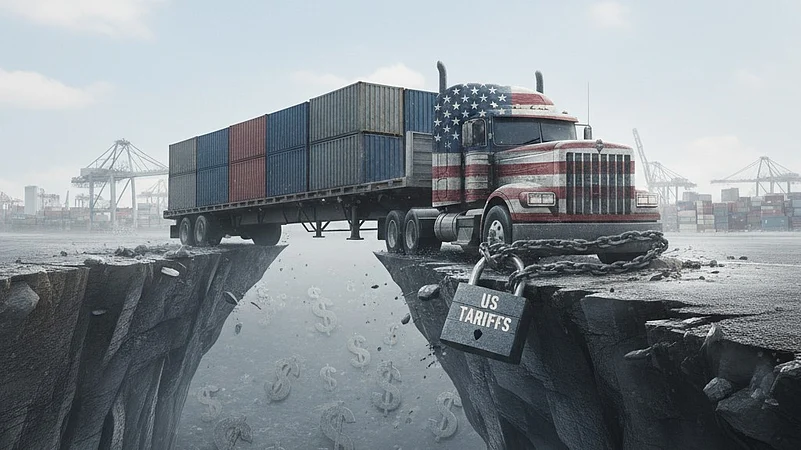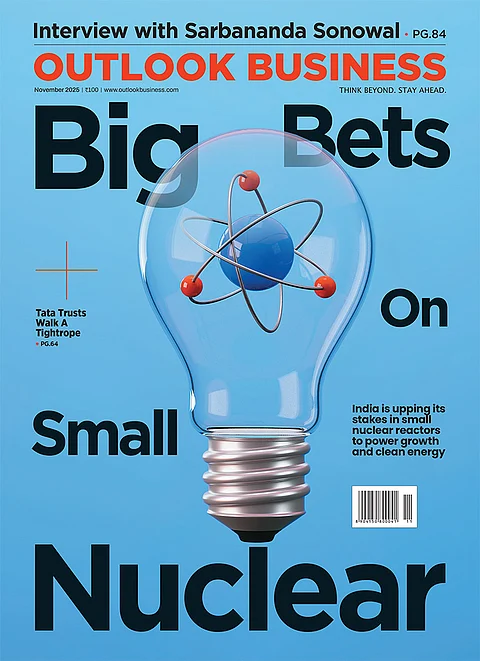
The US is set to impose tariffs on heavy-duty trucks entering the country.
Industry experts warns of a rippling effect of the reciprocal tariffs already affecting the sector and slowing the overall economy.
Allies and foes brace for the truck tariffs amid on going on tariff negotiations with the US.
US President Donald Trump on Monday announced 25% tariff on all medium and heavy-duty trucks entering the country effective from November 1. Countries including Mexico, Canada, Japan, Germany, and Finland are likely to suffer the most from this tariff.
“Beginning November 1st, 2025, all Medium and Heavy Duty Trucks coming into the United States from other Countries will be Tariffed at the Rate of 25%,” Trump posted on his social media handle Truth Social.
The US trucking industry is a crucial player in its national economy, constituting around 73% of all domestic freight and employing over two million Americans, according to the US Chamber of Commerce. Trump initially announced the imported heavy trucks would face the new cess from October 1 in a move to improve national security. Trump claims the new tariff is to protect manufacturers from “unfair outside competition” and that it would benefit the domestic freight companies.
The US is currently in talks with several trading partners over the reciprocal tariffs including India. Washington has already signed separate agreements with Japan and the European Union, which allow a 15% tariff on light-duty vehicles. It is, however, unclear if those terms will apply to larger trucks.
Divided On Duties
In a letter dated May 19th, the US Chamber of Commerce suggested that the ability to move freight across the country is crucial to the competitiveness of various sectors of the US economy. The chamber also warned that the rippling effect of the tariffs may bring the return of pandemic-era “paralysis” within the freight industry.
Moreover, they said the localisation of parts suppliers into single geography is practically not possible and would then result in the loss of economies of scale and competition within the industries, making parts all the more expensive.
"At a time when the United States is heavily investing in infrastructure and seeking to expand mining capabilities to increase access to and processing of critical minerals, adding further to sourcing costs for these trucks and truck parts would hamper activity in an industry integral to U.S. national security," the US Chamber of Commerce said.
Mexico has also opposed the new tariffs saying that all Mexican trucks exported to the US in May had 50% of its components from the US, including diesel engines. Under the North American free trade deal, the US, Mexico and Canada Agreement, medium-and heavy-duty trucks move duty-free if truck contained at least 64% of its components originating in North America, including parts like engines and axles, raw materials, or assembly labour.
Major automakers, including Mexico’s Stellantis, which has been lobbying the White House to exclude Mexican-made truck from duties, and Sweden’s Volvo Group, are likely to be hit. Volvo is building a $700 million heavy-truck plant in Mexico slated to begin operations next year.































